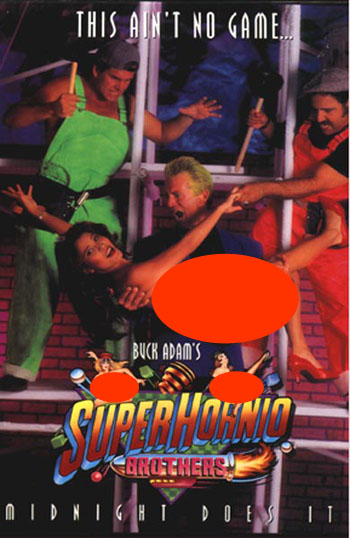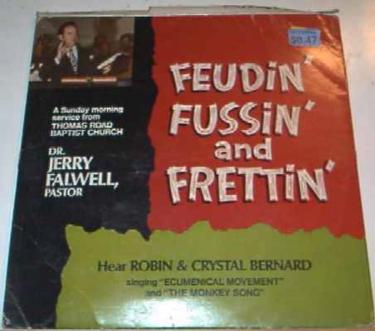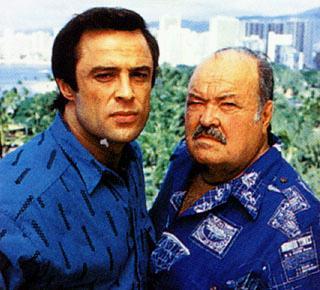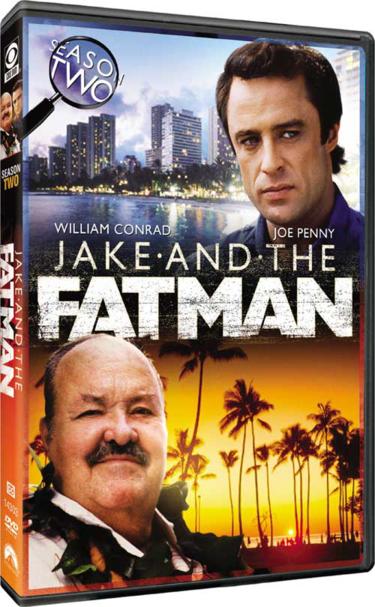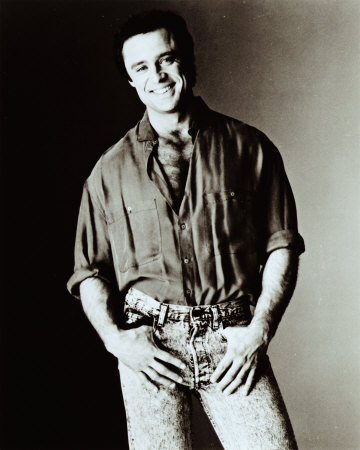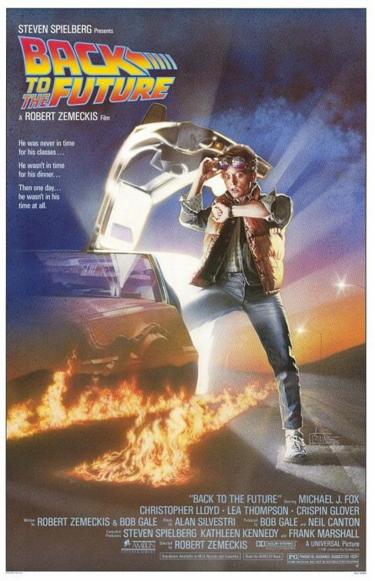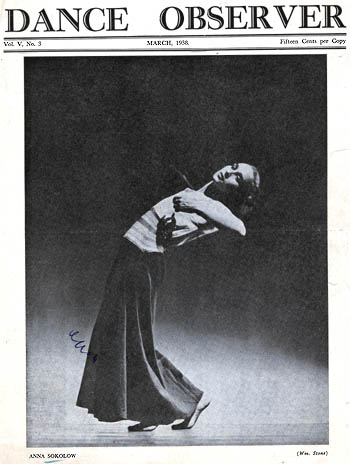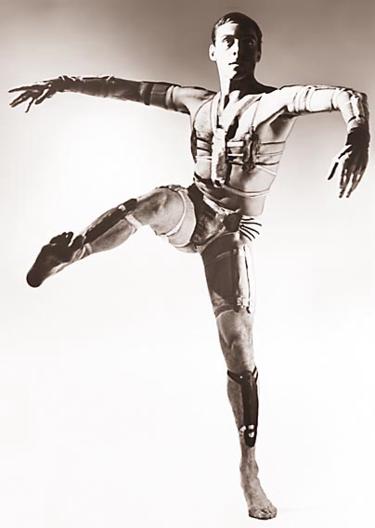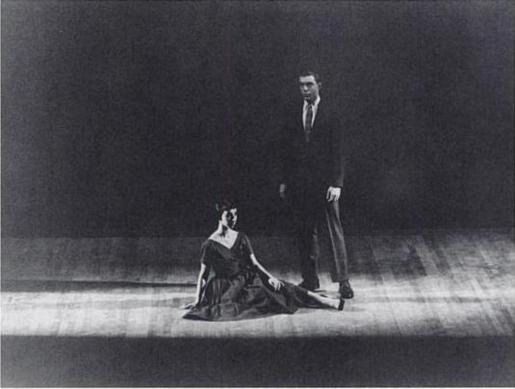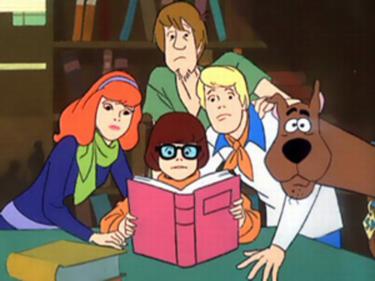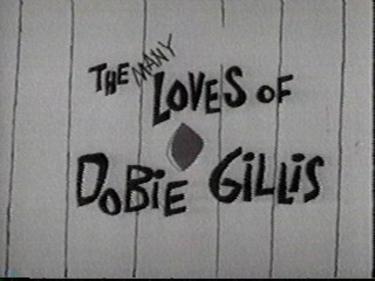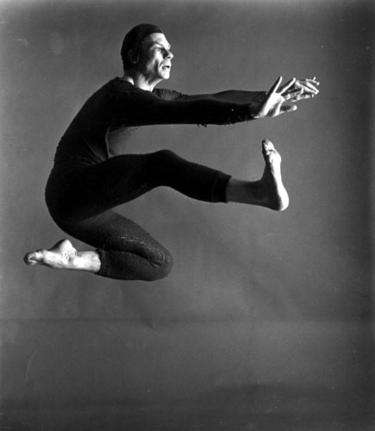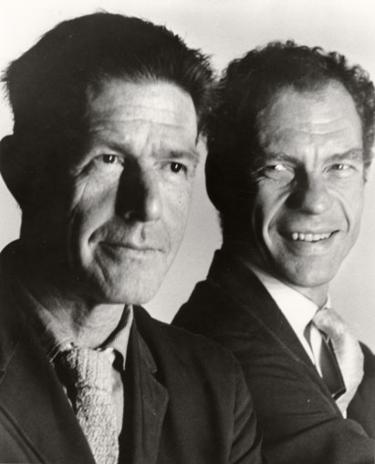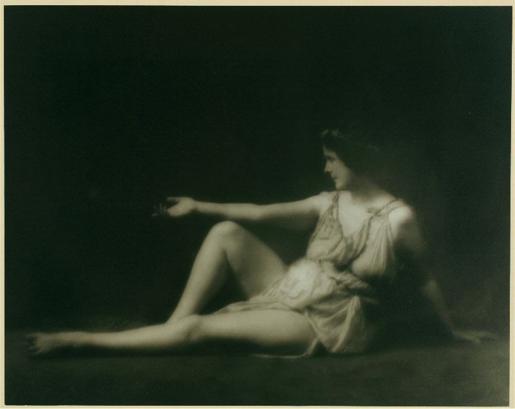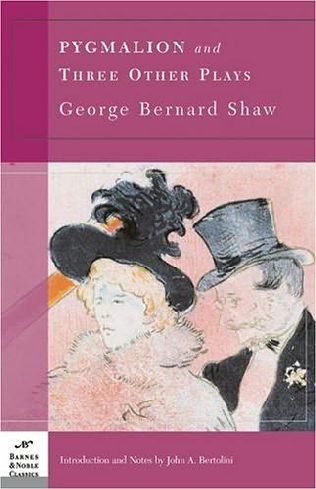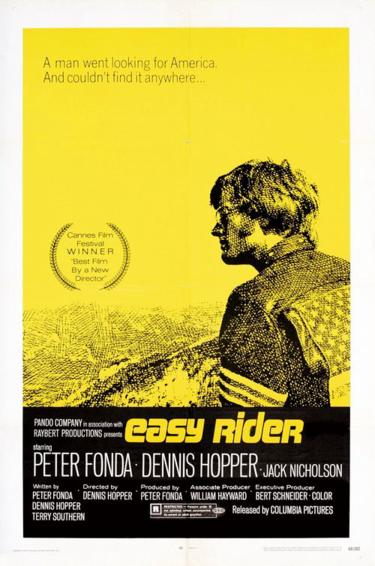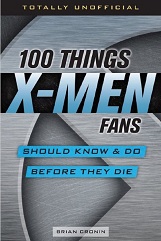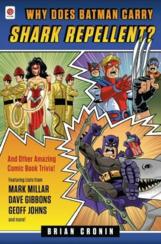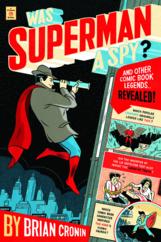Was Alice Cooper’s Title Track for the James Bond Film “Man With the Golden Gun” Turned Down?
Here is the latest in a series of examinations into urban legends about movies and whether they are true or false. Click here to view an archive of the movie urban legends featured so far.
MOVIE URBAN LEGEND: Alice Cooper’s title track for the film Man with the Golden Gun was rejected by the film’s producers.
Reader Richard wrote in to ask:
Alice Cooper wrote the song “Man with the Golden Gun” (from his 1973 LP “Muscle of Love”) for the upcoming James Bond film with the same name, but it was rejected.
I remember buying and enjoying that album when it came out and was anticipating hearing the song before the movie and was surprised when it wasn’t used. Throughout Cooper’s version there are snippets of the Bond theme and had a Bond feel to it. I’ve since read, over the years that the film producers rejected it, but never found out why.
A large chunk of what Richard says above is true.
A few different artists were approached to possibly perform the title track to the 1974 James Bond film, The Man With the Golden Gun.

Alice Cooper (who we were just talking about last week) was one of those artists.
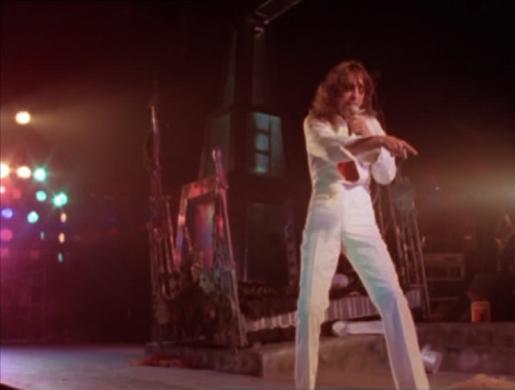
His entry ended up appearing on his 1973 album, Muscle of Love…
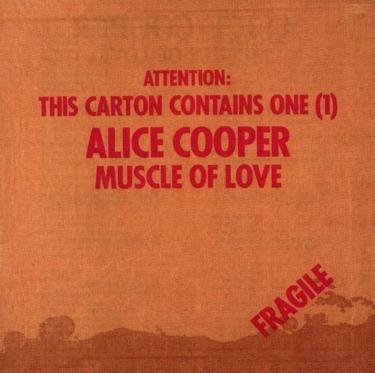
The entry they ended up using was a rather lackluster performance by Lulu (we were just talking about her!)…
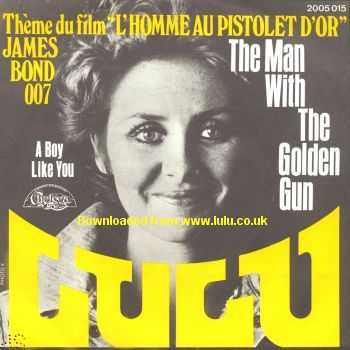
Rumors have abounded since then that Cooper’s version was rejected for any number of reasons.
However, that was not the case.
Read the rest of this entry »
Tags: James Bond
October 24th, 2013 | Posted in Music Legends Revealed | No Comments

